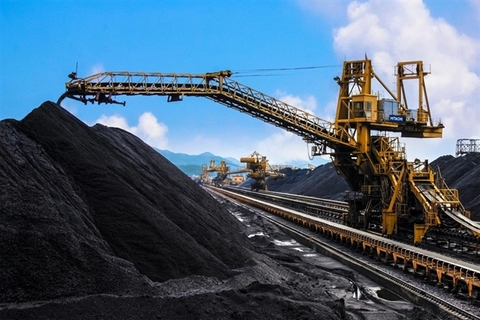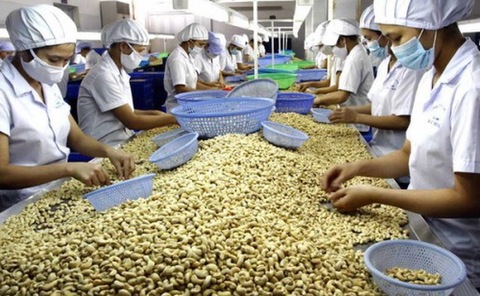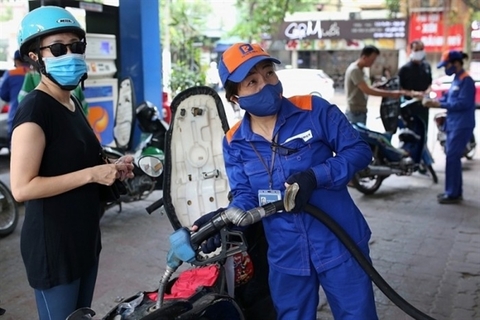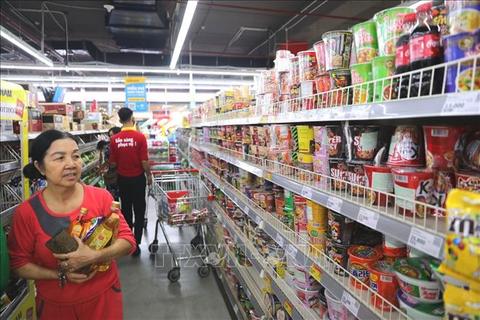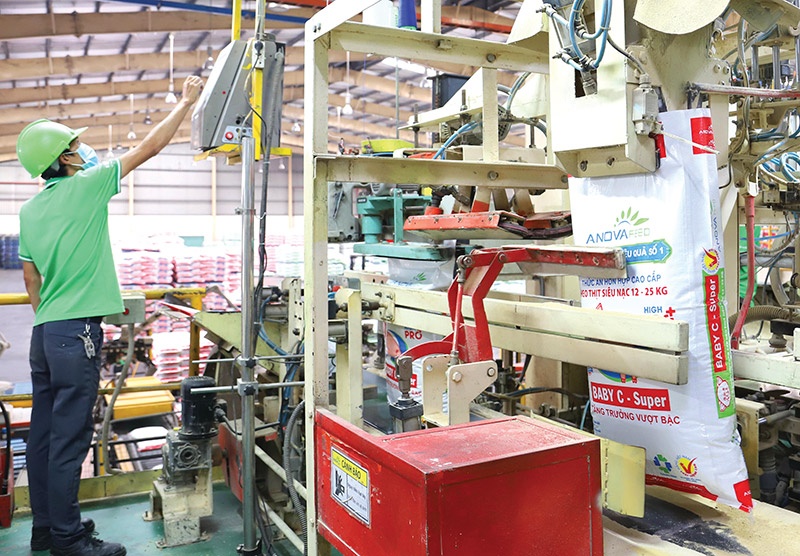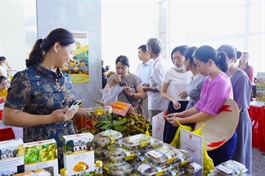Faster disbursement of public investment boosts cement industry
Faster disbursement of public investment boosts cement industry
The recovery of the economy, along with the Government's acceleration of the disbursement of public investment capital are favourable factors for the development of the domestic cement industry.
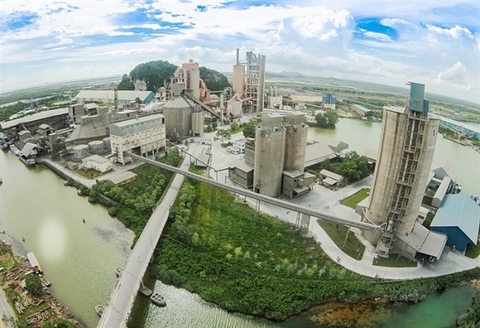
But the cost of input materials, accounting for a large proportion of the composition of cement production, is increasing sharply, affecting the profits of enterprises in the industry.
According to Agribank Securities Joint Stock Company (Agriseco), the world commodity market has formed a strong uptrend since 2020 when the COVID-19 pandemic broke out. This has had a great impact on many businesses, especially the structure of input material costs.
Some basic commodities such as oil, gas, and coal have increased and peaked in recent years. Coal accounts for more than 30 per cent of the cost of raw materials and accounts for 18 per cent of the total cost of cement production.
The price increase was attributed to recovering demand as economies reopen and the disruptions of global supply chains caused by the COVID-19 pandemic and geopolitical tensions.
Countries racing for coal imports, which are in short supply due to years of declining investment in new mines, have pushed world coal prices to a new record this year. Spot physical coal at Australia's Newcastle port - the main coal supplier to Asia - hit US$400 per tonne for the first time in June 2022.
According to data from the Department of Building Materials under the Ministry of Construction, cement consumption, especially for export, dropped sharply due to fierce competitive pressure on prices and the high price of coal fuel.
In July 2022, the estimated consumption of cement products was only about 5.95 million tonnes, down about 27 per cent compared to July 2021; of which, domestic consumption reached about 4.85 million tonnes; exports were estimated at 1.1 million tonnes.
In the first seven months of 2022, the consumption of cement products was estimated at 54.99 million tonnes, down about 17 per cent compared to the same period in 2021, in which domestic consumption was about 36.84 million tonnes, down about 3 per cent over the same period in 2021.
Export of cement products in the seven months was estimated at 18.15 million tonnes, down by 30 per cent compared to the same period in 2021. The Department of Building Materials said the country's inventory touched about 5.9 million tonnes, equivalent to 25-30 days of production.
China and the Philippines are the two main export markets for Viet Nam's cement and clinker, both of which have reduced imports of products from Vietnamese suppliers in the first half of 2022.
The reason was that China still maintained the "Zero-COVID" policy, while the country's real estate market was in a state of decline, which had caused cement consumption in China to drop sharply.
The second largest cement export market, the Philippines, was also affected by high shipping and freight rates.
At the end of June 2022, domestic cement selling price increased from VND60,000 (US$2.56) to VND80,000 per tonne, depending on the type and brand, due to the high coal prices.
Ha Tien 1 Cement (HT1) announced revenue of VND2.53 trillion in Q2, up 10 per cent compared to the first quarter. Profit after tax of enterprises reached VND136 billion, down 43 per cent over the same period last year.
In the first six months, HT1 achieved VND4.6 trillion in revenue, after-tax profit dropped sharply by 52 per cent over the same period last year, to VND160.7 billion.
In the second quarter, Bim Son Cement JSC (BCC) saw profit before tax decrease by 38.88 per cent compared to the same period in 2021, equivalent to nearly VND48 billion.
According to the Viet Nam Cement Association, under the pressure of increasing input costs such as coal and gasoline prices, from March to the end of July, the cement industry had to increase selling prices three times.
However, this increase has not yet eased the burden of input costs for cement producers. There has been a situation where a few factories have had to stop clinker grinding kilns because the more they produce, the more they lose.
From a positive perspective, Agribank Securities Joint Stock Company (Agriseco) said that promoting public investment was also a driving force for cement businesses to improve business results from a low base in 2021.
Deputy Prime Minister Le Van Thanh has asked ministries, branches and localities to accelerate the disbursement of public investment in December 2022, which will contribute to consume a large amount of cement.
According to KB Viet Nam Securities Joint Stock Company, public investment is expected to create a driving force for economic recovery.
According to the General Statistics Office, if public investment increases by 1 per cent, GDP will increase by 0.058 per cent, so the Government has had drastic and effective plans to speed up the disbursement of public investment and promptly handle bottlenecks to achieve the assigned plan.




